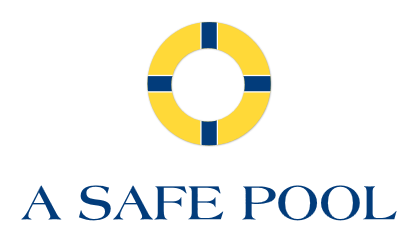According to the World Health Organization (WHO), “Drowning is the third leading cause of unintentional injury death worldwide, accounting for 7% of all injury-related deaths.” Annually, roughly 360,000 people die from various causes of drowning. Three groups have the highest risk: “children, males, and individuals with increased access to water.”
Globally, low- and middle-income countries have the most drownings — about 90%, to be exact. However, in the U.S., 45% of victims are from “the most economically active segment of the population”, the WHO reports. If enough water is present, drowning can happen anywhere, at any time, to anyone — and almost no one thinks it will be them, or someone they love. Proactive Drowning prevention measures help to ensure that they aren’t wrong.
Drowning Prevention: Causes of Drowning
Just as certain swaths of people drown with greater regularity, certain causes of drowning occur more frequently than others. More often than not, the victim perishes because they lack swimming ability, enter a swimming pool that should have had a safety barrier in place, or lack supervision while swimming or dwelling near water that could swallow them. Let’s take a look at these causes, and the types of drowning prevention measures they make cause worthy.
1. Lack of Swimming Ability
“Swimming ability” is a relative term, but a person’s proficiency at swimming is often the deciding factor in whether they end up exiting the water alive or dead. In fact, most people drown because they can’t swim themselves to safety, whereas a stronger swimmer could.
The average swimming ability people acquire from a full course of standard swimming lessons is usually enough to spare them from drowning in a swimming pool. Surviving a wide, roiling tide pool, on the other hand, can require advanced swimming skills that few possess. In such a situation, possessing average swimming ability can be like having almost none at all.
Prevention Measures
The most effective drowning prevention measure is for people to swim in water that doesn’t have conditions that could overwhelm their swimming skills. In turn, this means that swimmers need the ability to accurately predict the behavior of the water. In a swimming pool, it’s fairly straightforward; unless the pool is a “wave pool”, the water is calm. Swimming in a river or an ocean, where a sudden change of weather could quickly change water conditions, is different.
Some drownings occur in rough water because people know the risk and take it anyway. But far more drowning fatalities in rivers and seas result from victims underestimating the water conditions or overestimating their swimming ability. Before you enter a body of water you aren’t familiar with, be sure you know what the experience could require of you as a swimmer.
2. Pools Without Safety Barriers
Among causes of drowning that involve swimming pools, pools that lack safety barriers during hours of non-use are one of the most common. In residential settings, small children, adults living with disabilities, and the elderly are the ones who need barriers in place the most.
Prevention Measures
Three basic safety barrier options prevent pool drownings: pool fencing, pool safety nets, and pool safety covers. Available as a barrier that can be raised or removed in under 10 minutes, pool fencing fully encloses a pool from the patio area, so no one can simply walk to the water. The fencing is available with semi-transparent, mesh sections that are strongly woven between metal poles. This type of fence lets you maintain a clear view of the water.
Safety nets and covers overlay the surface of swimming pools. Safety nets feature holes, which should be small enough to prevent the head of a toddler from slipping through. Safety covers don’t have openings and work well for protecting both people and pets. In either case, the effectiveness of a barrier depends on having it customized to fit the dimensions of the patio area and/or pool. Gaps at the sides of fencing, nets, or covers are potential safety risks.
3. Lack of Supervision
If only someone who could pull them from the water was around to help, many drowning victims would not sink into a watery grave. Although swimming pools typically have the most predictable water conditions, they are nonetheless the sites where most drownings occur due to lack of supervision. The most likely victims are naturally those who need to be monitored the closest: small children, adults living with disabilities, and elderly individuals in decline.
Prevention Measures
The best drowning prevention measure for avoiding fatalities due to lack of supervision is obvious: provide sufficient supervision — and “sufficient” is the keyword. If you are the only one who will supervise a high-risk individual when they enter the water, be absolutely certain of two things: you can swim well enough to reach the person, and you can swim well enough to reach dry ground again, while the person clings to your arm or shoulder.
Lack of supervision drownings also occur in congregated areas, where so many people are in the water that it’s impossible to monitor everyone individually. Crowded seafronts and public pools are prime examples. If someone needs to be monitored in a crowded swim zone, don’t assume that on-duty lifeguards eliminate the risk of drowning. They have far more people to watch than they can observe simultaneously. Watch over your friend or loved one at all times.
Does Your Pool Need a Safety Barrier?
If you have a swimming pool, preventing unsafe entry with a removable pool fence, a pool safety net, or a pool safety cover is one of the strongest drowning prevention measures you can take. If your pool lacks a safety barrier during hours of non-use, A Safe Pool can supply one that’s customized for the dimensions of your site. Contact us to schedule a free estimate.
